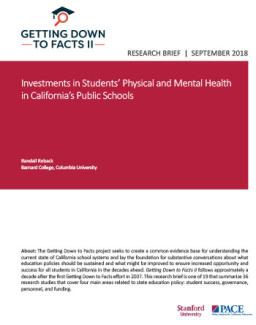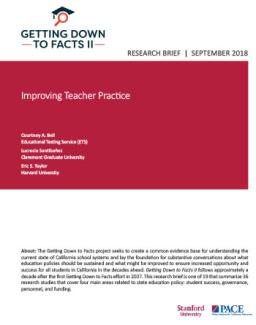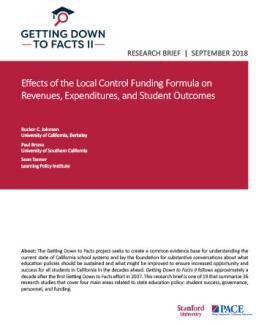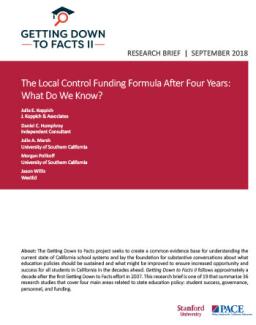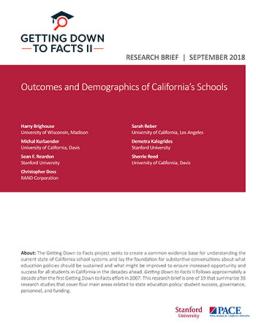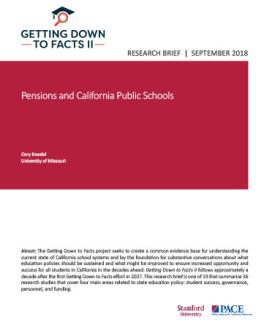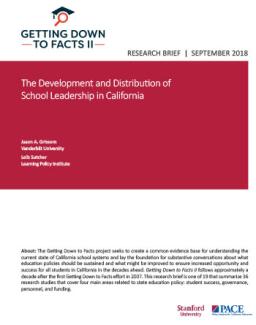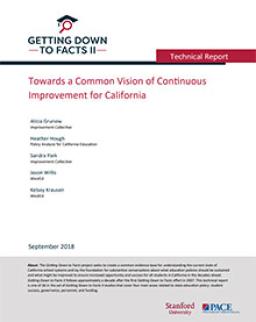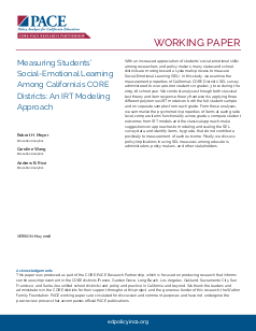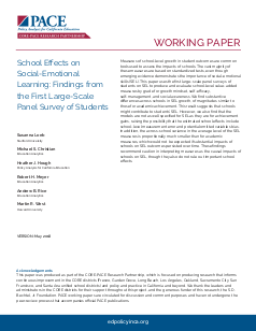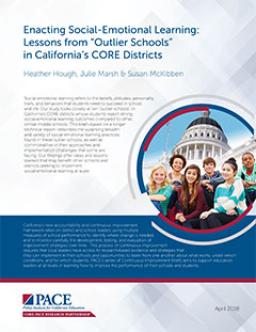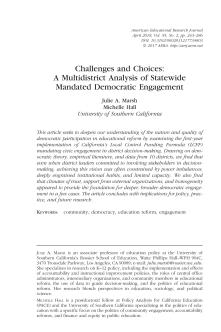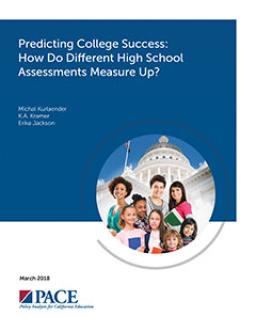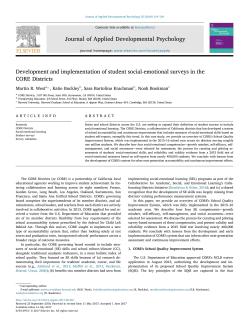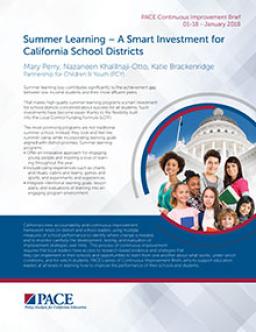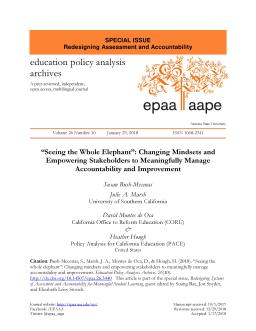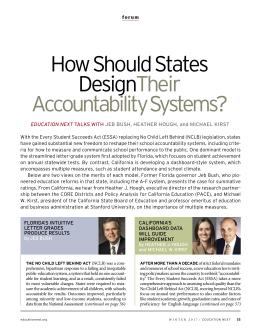Summary
Children's health, especially in low-income households, affects their future success. California has improved access to healthcare but still has gaps due to poor quality care and lack of access to providers. Mental health is a growing concern, but the state has fewer services in schools than other states. The report explores the benefits of school-based health services, which are currently lacking in California, and estimates it would cost less than $100 per pupil to improve access. California is missing out on federal funds due to its low spending on Medicaid for school-based health services.
Summary
California aims to improve the quality of teaching in its classrooms by focusing on teacher preparation and evaluation. The state's teacher preparation system aligns with standards but lacks consistent implementation. Disconnected information systems constrain policy-making, and teachers need better training for English learners. Teacher evaluation and support systems could enhance teaching effectiveness.
Summary
California's Local Control Funding Formula (LCFF) has increased per-pupil revenues, especially for low-income districts, and provided more flexibility in expenditures, leading to improvements in student outcomes. The funding was distributed based on the proportion of disadvantaged students, and expenditure increases were primarily allocated to teachers, pensions, and special education. The policy was implemented during a time of increased K-12 funding after the Great Recession and existing revenue distribution patterns.
Summary
The Local Control Funding Formula (LCFF) shifts control of education dollars to local districts, enhancing resource allocation practices. However, inadequate base funds may constrain progress. Stakeholder engagement is evolving yet remains challenging, and school board involvement is typically modest. LCFF communication and accountability mechanisms receive mixed reviews. County offices of education have expanded their role but will need to increase their capacity. Public awareness of the LCFF lags, but it enjoys substantial support.
Summary
Public education in California shows progress, yet challenges remain in providing equal opportunities for all students. Poverty rates persist, and schools are highly segregated by race, ethnicity, family income, and language. While student outcomes are improving, significant achievement gaps exist, and California students perform worse than their peers in other states. Career technical education programs provide opportunities for diverse students, but there are gaps in tracking students' educational trajectories.
Summary
The California State Teachers’ Retirement System (CalSTRS) has amassed a $107 billion "debt" due to the accrual of pension liabilities. CalSTRS contributions are legislated to nearly double by 2021. The higher rates are required through 2046, requiring significant contributions from teachers, school districts, and the state government. Solutions involve reducing benefits, increasing contribution rates, or modifying the underlying benefit structure. California could consider reforms from other states to develop its own policy response.
Summary
California's education system faces challenges in leadership development, with defunded professional development programs leading to inexperienced and high-turnover principals, particularly in high-poverty schools. Studies show that effective principals improve student learning, but current professional development opportunities are insufficient. Many principals seek more support, with rural areas receiving less coaching and development. Promising results have been seen from stronger state standards for administrator education programs.
Summary
California has implemented new academic standards for English, math, and science, and changed how school districts are funded and held accountable. Educators face challenges implementing these standards, requiring changes in teaching, learning, and instructional materials. Teachers need professional development, improved instructional support, and collaborative learning opportunities. School principals play a key role in implementation and depend on district support. Despite positive perceptions, progress requires staying the course to let the standards take root.
Summary
CA is shifting the responsibility for school improvement to local school districts with County Offices of Education playing a supportive role. The focus is on local leaders driving educational improvement and ensuring quality. Strategic data use is central to the implementation of this policy, with questions remaining about what data is needed, by whom, and for what purpose. This paper provides a framework for how data use for improvement is different from data use for accountability and shares lessons from the CORE Data Collaborative on how to use data for improvement in networked structures.
Summary
California needs a longitudinal data system to improve student outcomes. Meanwhile, regional partnerships between education institutions and community organizations are using data to improve outcomes. A guide was created to help leaders with data sharing and use, and presents the components of effective regional efforts around data sharing and use, with tools to dive deeper into specific factors within each component. The guide aims to serve as a framework, tool for reflection, and networking resource for intersegmental leaders.
